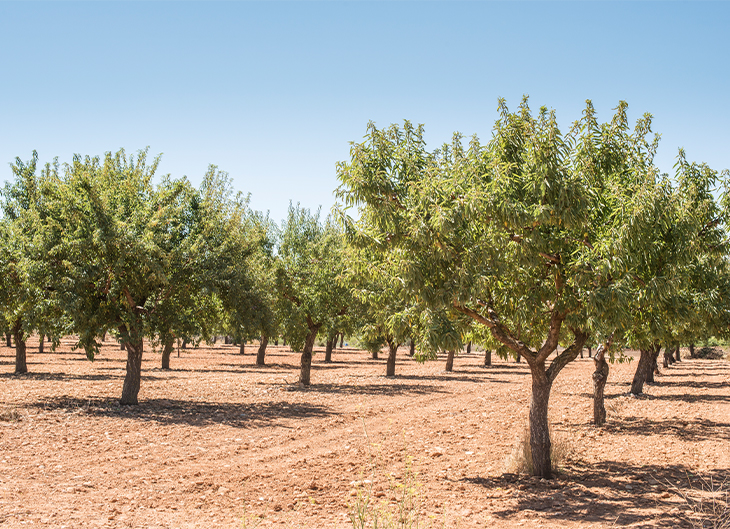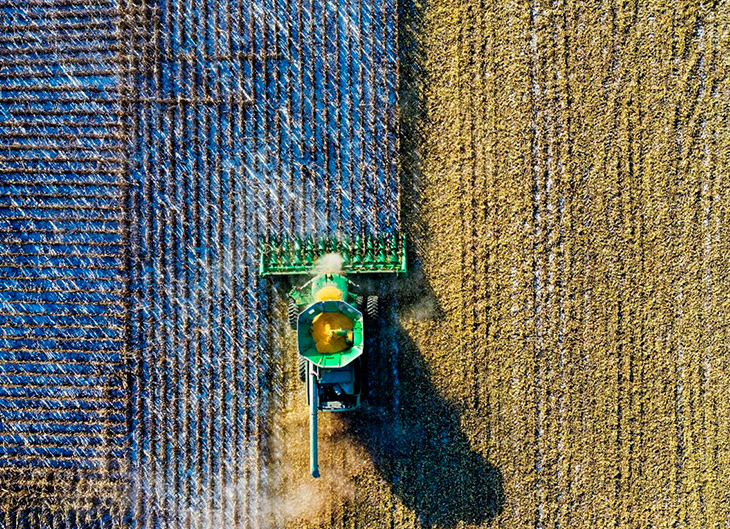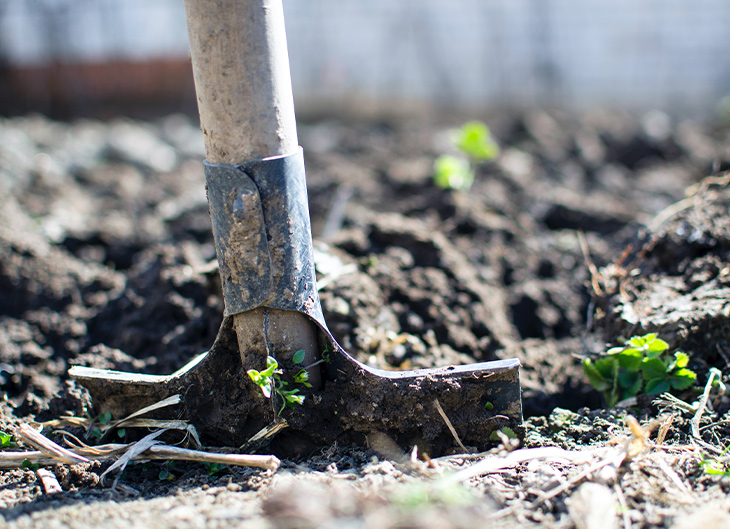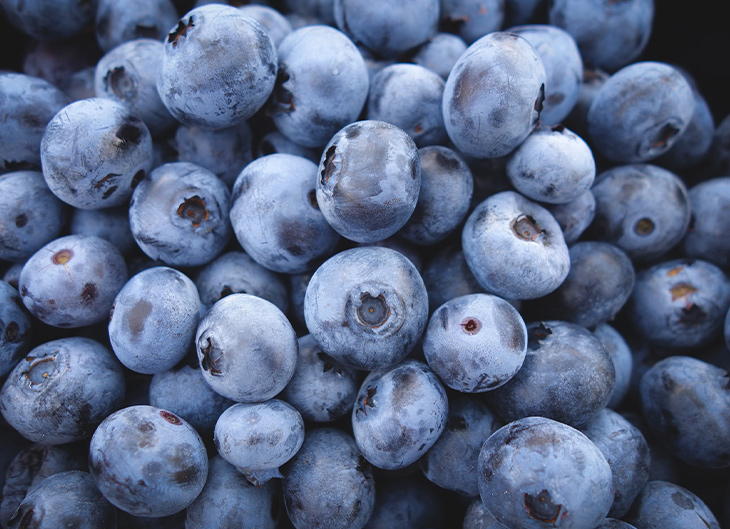
Spain’s berries campaign ends with blueberry as star
The strawberry and red fruit campaign reaches its final stretch in Andalusia. This 2019/2020 campaign has been strongly marked by the health crisis, but producers have been able to cope with this situation by facing the difficulties set by the global market. After this campaign, the red fruit remains one of the most growing options, thanks to the quality of the resulting fruit and technological innovations introduced by farmers, such as the hydroponic strawberry crop that, with the New Growing System (NGS) (recirculating method without substrate), which is being implanted in Huelva farms, has as advantages the increase in production, the improvement of the quality of the fruit (organoleptic properties, texture and size) and the optimization of the fertir.
The blueberry has emerged as the star crop of the campaign despite the circumstances and fears before the harvest started, after several difficult consecutive years. This fruit has reached an average value of 4.48 euros/kilo, a figure that has increased compared to previous years.
At the start of the campaign, the blueberry started with low weekly prices, however, from Easter these prices increased due to the fall in production and supply, caused by weather factors. Generally speaking, the blueberry has remained stable, thanks to the colder and rainier climate than usual in April, making production very progressive and stable.
As for the raspberry, it started with a higher marketing percentages than other years, but the volume stabilized and has been maintaining its production. In absolute terms it has maintained its price of 5.36 euros/kilo, price similar to that given by the previous campaign, as stated by the Observatory of Prices and Markets of the Ministry of Agriculture, Livestock, Fisheries and Sustainable Development of the Junta de Andalucía.
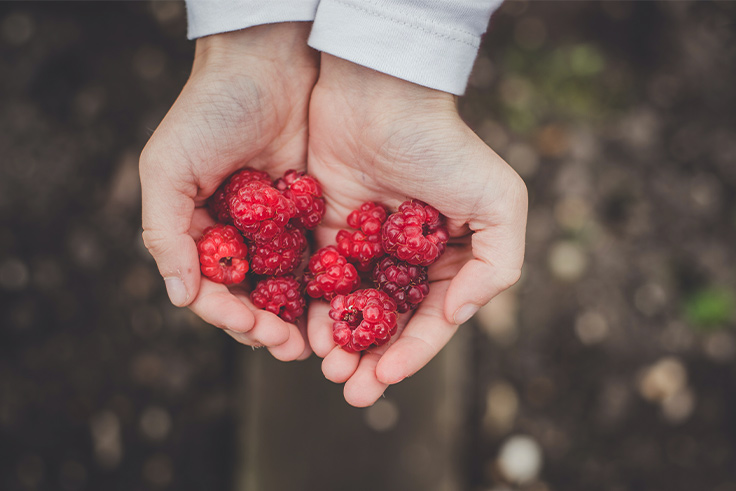
Both fruits (blueberry and raspberry) have reached 99% of the expected production volume in the season.
As for the blackberry, it should be noted that this year there has been an atypical situation, since consistent volumes have been arranged for air cargo until January and then there has been product shortage until just over two weeks ago, in which all Spanish production has come at once.
In the case of strawberry, they account for more than half of the sector’s exports in Andalusia, with growth of 0.5% compared to the same period of the previous year and 249 million invoiced.
Overall, the community of Andalusia continues to lead the red fruits sector, achieving a record export in the first quarter of 2020: 475 million euros of berries sold. This represents an increase of 7.6% compared to the same period of the previous year, with the concentration of 87% of domestic sales headed by Huelva.
It is important to keep in mind that the most important sales markets for this agricultural sector remain the Central European and Northern European countries (Germany, the United Kingdom and the Netherlands) where they are gaining more and more prestige and presence. At least 80% of the red fruits grown in the province of Huelva are exported each year and continue to grow.

